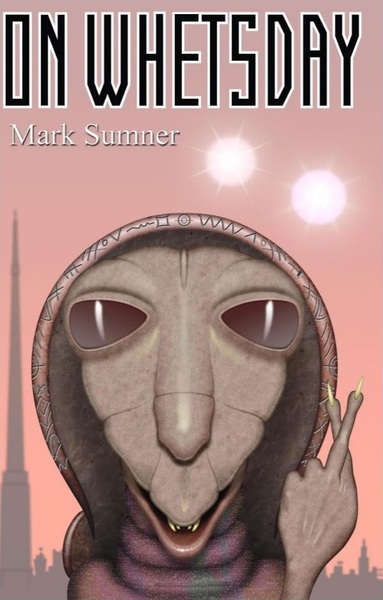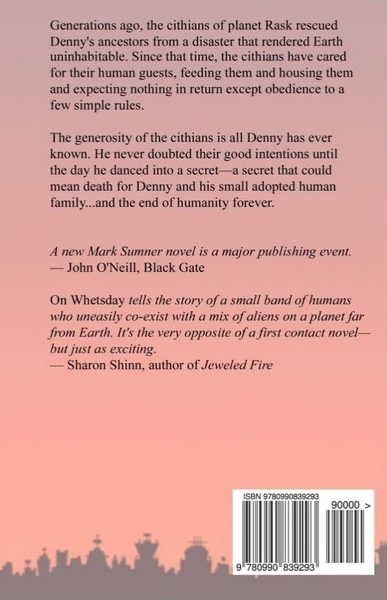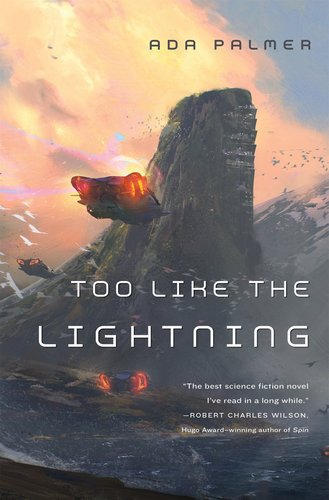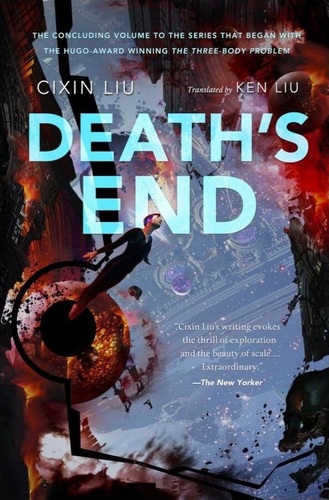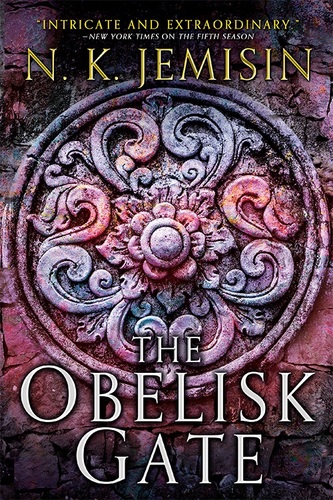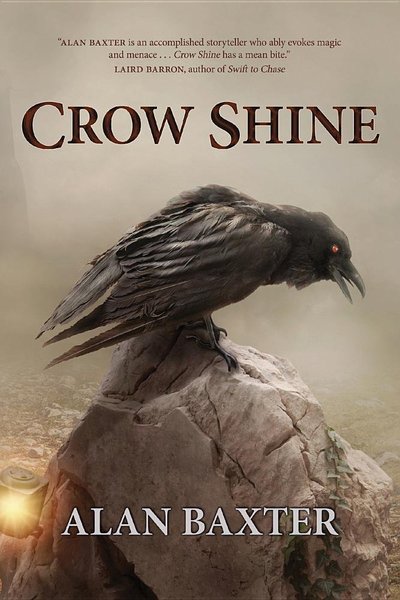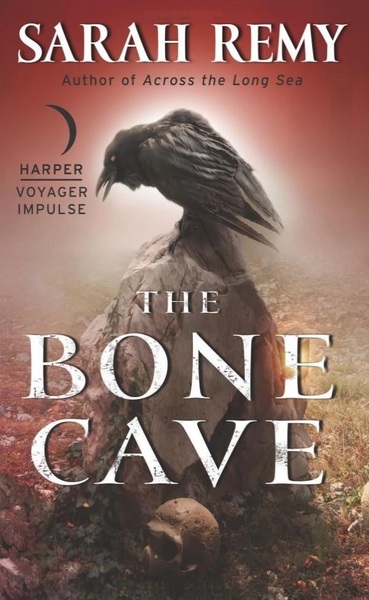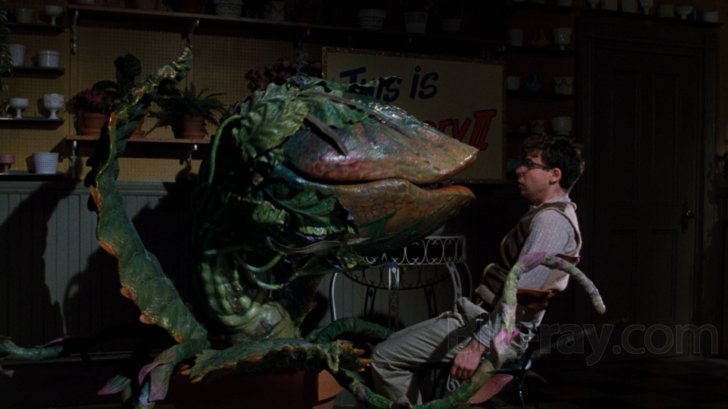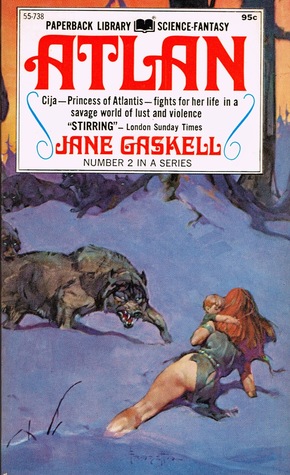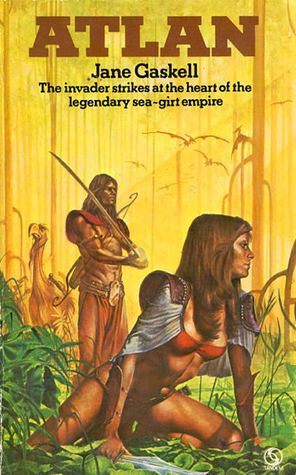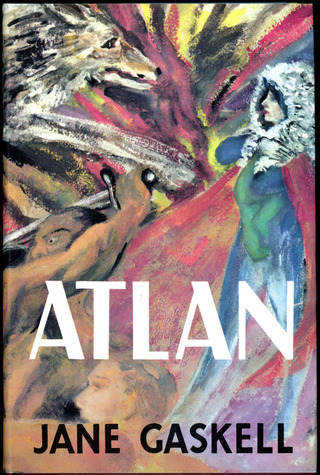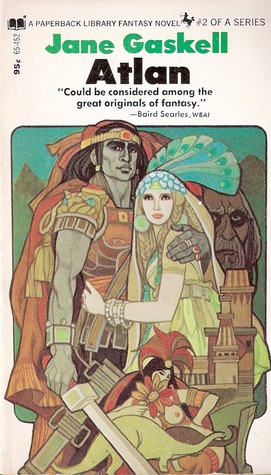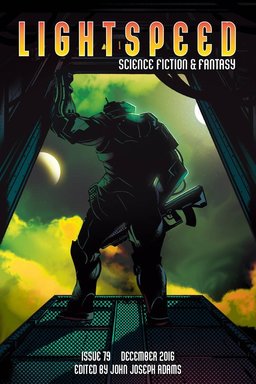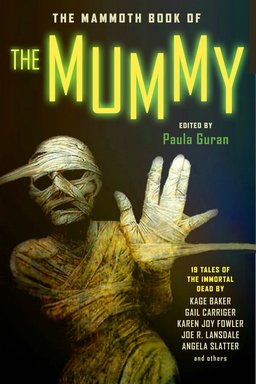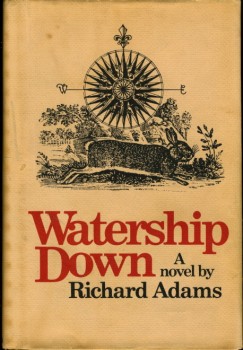The Library of America Publishes Elmore Leonard — Again
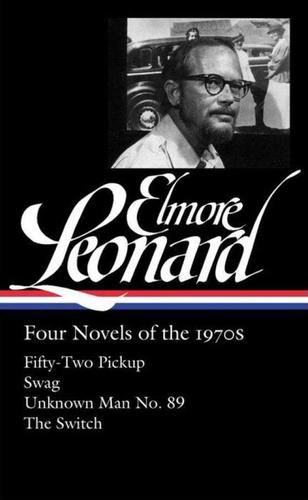 |
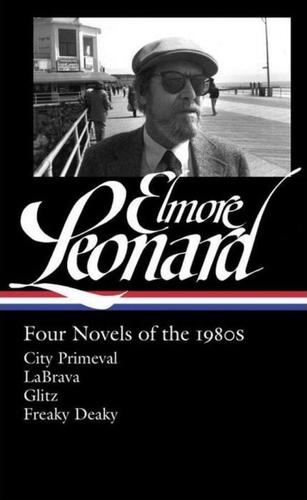 |
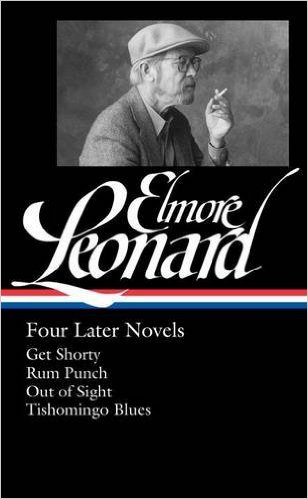 |
Back in January I dashed off a brief New Treasures article titled The Library of America Publishes Elmore Leonard, in which I highlighted the first two volumes of The Library of America’s omnibus editions of Leonard, Four Novels of the 1970s and Four Novels of he 1980s.
Despite the fact that Leonard never wrote a single SF or fantasy novel (and we’re very much a fantasy blog), it became one of the most popular New Treasures articles I’ve ever written — and in fact, it still outperforms half of the New Treasures articles I write every month. Elmore Leonard is a popular writer in any genre.
So I could hardly ignore the third and final volume in the set, Elmore Leonard: Four Later Novels. Like the others it contains four full novels (Get Shorty, Rum Punch, Out of Sight, and Tishomingo Blues, published between 1990-2002). Here’s the description, which does a find job of summarizing each of Leonard’s freewheeling plots in a single sentence.
